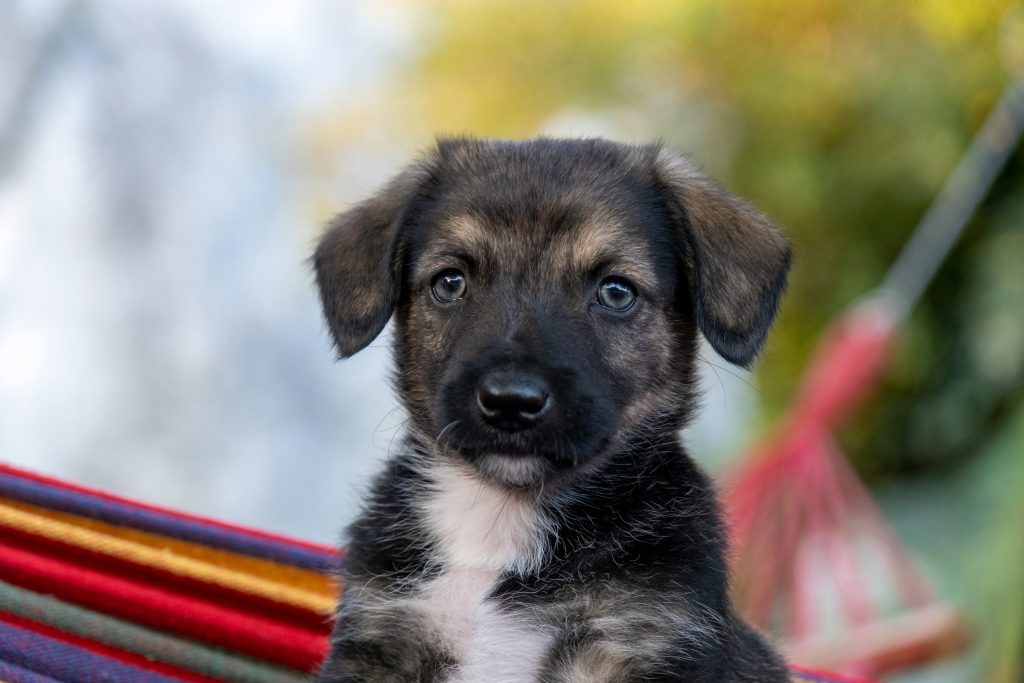This Valentine’s Day, Naturewatch Foundation is shining a light on the forgotten victims of the puppy trade: male ‘stud’ dogs. The charity’s latest report, Forgotten Dogs, reveals troubling welfare concerns affecting male dogs used for breeding and calls for urgent changes in England and Wales.
When discussing dog breeding welfare, public attention understandably often focuses on the welfare of the mum and her puppies. However, male dogs can also face significant welfare risks, which aren’t as well known. Stud dogs can be used repeatedly with no legal limits on how many litters they may sire, putting them at significant risk of exploitation for profit.
Disturbing findings from online pet marketplaces
Between November 29 and December 20, 2024, Naturewatch Foundation monitored online pet marketplaces that advertise stud dogs for hire. The findings were deeply concerning:
- On average, there are almost 5,000 listings advertising stud dogs for hire across the UK each day.
- Irresponsible practices include the advertising of juvenile dogs under 12-months of age.
- Dogs with extreme physical features, including exaggerated skin folds, sloped backs and other visible signs of poor health and welfare are freely available for hire. Concerningly, the highest priced listings were often for brachycephalic breeds (flat-faced dogs), including French Bulldogs, with some charging as much as £3,000 per service.
- Many stud listings for dogs with extreme features advertise amateur ‘fertility packages’ including assisted breeding procedures that only registered veterinary professionals can lawfully perform, like canine artificial insemination.
Serious welfare risks and legal concerns
Stud dogs can be subjected to harsh conditions, including poor housing, inadequate nutrition, lack of exercise, and limited socialisation. They can be kept in breeding kennels or linked to canine fertility clinics, where they can suffer from isolation, stress and sensory overload. As there is no legal limit on how many litters a male dog can sire, there are significant risks to offspring if stud dogs with poor genetic health are repeatedly used for breeding.
Although dog breeding is regulated in England and Wales, breeders who hire out stud dogs commercially can fall through the cracks due to gaps and ambiguities in current legislation. Even when male dogs are covered by the regulations, there are no conditions protecting them from overuse or from being used for breeding at a young age.
Eddie and Toby – The forgotten dogs
To produce its new report, Naturewatch Foundation partnered with Hope Rescue in Wales, which has cared for former stud dogs, including Eddie and Toby:
- Eddie was found as a stray after being used for breeding. He was suffering from a neglected skin condition when he first joined the rescue, which may have been passed to his puppies. He’s currently looking for his forever home.
- Toby spent almost seven years as a stud dog. He was so traumatised when he arrived at Hope Rescue that he panicked at human contact. Now enjoying his forever home, Toby continues to struggle with anxiety and seizures, a condition that could have been passed to his many offspring.
Calls for change
Naturewatch Foundation is urging the UK and Welsh governments to improve dog breeding regulation and introduce specific welfare conditions for male dogs used for breeding. They’re also calling on online pet marketplaces to urgently stamp out unethical practices involving stud dogs on their platforms.
Natalie Harney, Campaign Manager at Naturewatch Foundation, said:
“Heartbreakingly, male dogs used for breeding are too often overlooked, despite facing significant welfare issues if they’re not cared for properly. Our report highlights the urgent work that needs to be done by government, marketplaces and all of us – the public – to ensure all dogs used for breeding are being kept and cared for responsibly.”
Sara Rosser, Head of Operations at Hope Rescue, said:
“Sadly, at Hope Rescue we regularly see the fallout from situations where male dogs have been kept primarily for breeding. We can see behavioural issues – fearfulness, frustration and a lack of experience of a normal home environment – and many of these dogs require months of rehabilitation.”
Featured Photo by Michael Kucharski on Unsplash.



